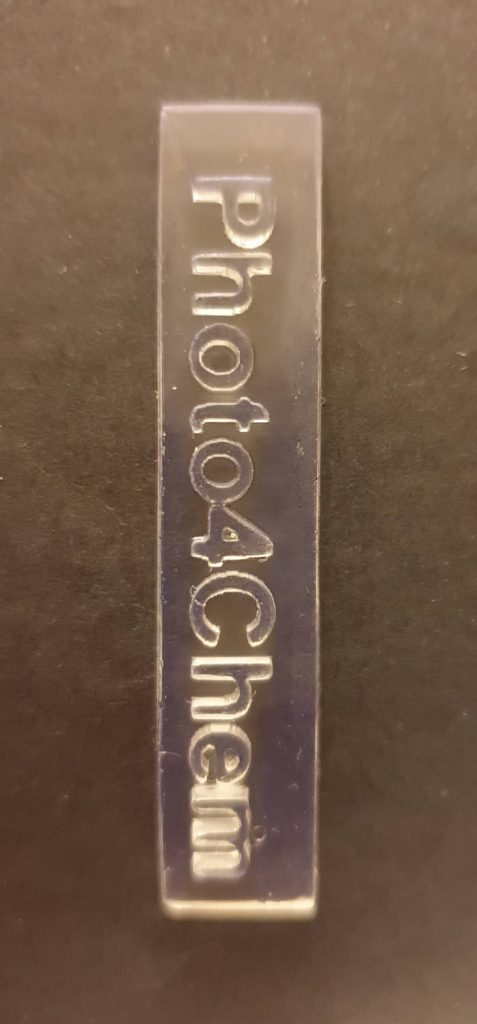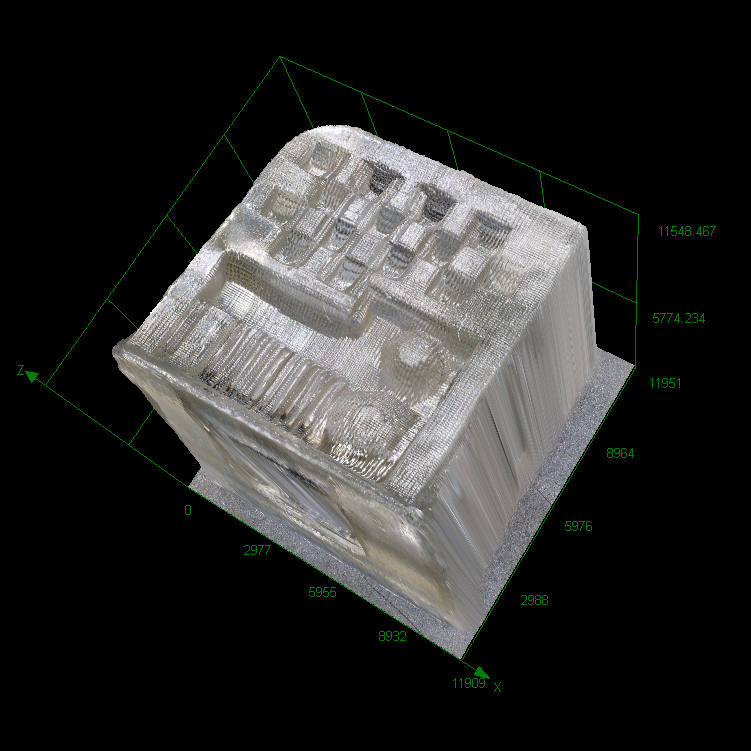About Us
The photoinduced polymerization of monomers is gaining popularity as an environmentally friendly and safe method for production of protective polymer coatings on various surfaces. It finds applications for photocurable solvent-free paints, lacquers, inks, dental fillings and other materials, wherever fast drying or setting is important.
The basic advantage of photopolymerization over other methods used for the preparation of polymer coatings is its speed. Photocurable compositions are transformed from a liquid state into a fully crosslinked solid body within seconds or even fractions of a second without emission of any volatile solvents into the atmosphere. Another unique feature of light-induced reaction is that polymerization occurs only in illuminated areas, therefore allowing the generation of high-resolution images for the production of printing plates, optical discs, and microcircuits. Most recently, its applications have covered three-dimensional stereolithography and holographic recording. In addition to its great speed and spatial resolution, radiation curing provides several other striking advantages, in particular: ambient temperature operation, solvent-free formulations, and low energy consumption.
These characteristics allow for the wider selection of monomers, especially in the case of formulations involving monomers that are susceptible to high temperature, that results in environmentally friendly performance by substantially reducing the emission of volatile organic compounds (VOCs), and facilitates energy-efficient processes
The innovative initiator systems developed by our company guarantee the photopolymerization of various types of processes. Thus, using only one initiator it is possible to carry out cationic, radical, thiol-ene, or hybrid photopolymerization. This approach guarantees the possibility of simultaneous photopolymerization of monomers and oligomers that polymerize according to different technologies and require different initiator systems, which often exhibit absorption characteristics in a different range of the electromagnetic spectrum.
Article about P4C to download


